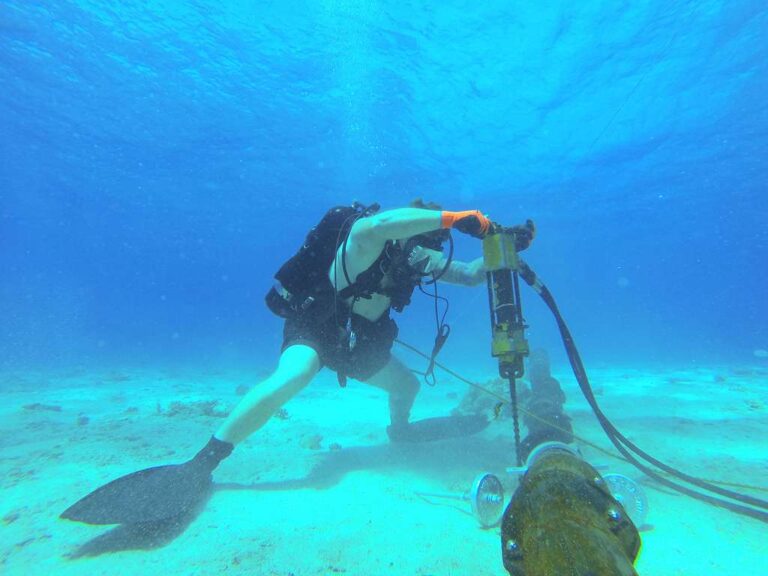According to recent statistics, there are only 44 pounds of rare isotope left on the Earth.
Is Nuclear Fusion Facing a Fuel Crisis? Nuclear fusion projects haven’t even started on full-scale yet but it has begun to face their basic fuel crisis. There are reports that tritium, for key experimental reactors has started to face shortages.
ITER, a thermonuclear reactor in the South of France is near completion. The project will start working in 2035. The International Thermonuclear Experimental Reactor will be the biggest device of its category that is ever built. This project is the flag-bearer of nuclear fusion projects.
The reactor chamber is built on the shape of a donut, called a tokamak in which tritium and deuterium, the two types of hydrogens that are used in such reactors, collide together until they release an extremely hot plasma that has a temperature higher than the sun’s surface. The entire process releases enough amount of clean energy that can meet the power requirements of tens of thousands of homes. That means this will create an infinite source of electricity, which sounds somewhat like science fiction.
What do the Scientists say?
But scientists now have to face the white elephant in the room that they might face by the time ITER is ready and operational. The bad news is that the fuel to run this gigantic reactor might not be as abundantly available
ITER is dependent on an abundant and constant supply of tritium and deuterium for it to work seamlessly. The supply of deuterium can be ensured from the seawater but the problem will arise to make tritium available. It is a radioactive isotope of hydrogen which is quite rare.
Atmospheric lever was at its peak in the late 1960s before the ban on nuclear weapons testing. According to recent statistics, there are only 44 pounds of rare isotope left on the Earth. ITER has faced delays and is quite behind its original schedule. The major issue is the fuel for the reactor is gradually disappearing.
Tritium that is used in reactors such as ITER and UK’s tokamak is extracted from a specific fission reactor, the heavy-water moderated reactor. But most of these reactors are at the end of their working life. Also, there are only 30 such reactors that are working globally, with 20 working in Canada, 4 in South Korea, and 2 in Romania. Each of these is producing around 100 grams of the isotope.
Nuclear Energy as Infinite Energy Resource
This, however, is not a long-term solution. Especially the entire point of nuclear energy is to have cleaner and infinite energy resources in contrast to the traditional fission power. Another problem is that tritium decays surprisingly quickly. It has a half-life of almost 12 years. By the time ITER is ready, half of the isotope available today will change into helium-3. The shortage will further elevate once the reactor ITER will be operational.
Another problem is to find proper disposing of the nuclear fission reaction. It costs a great whooping amount of $30,000 per gram to dispose it off safely. To make the situation even worse, tritium is also consumed by nuclear weapon programs to make quite powerful bombs. Although the militaries are self-sufficient in their production, they still have their eyes on the biggest reserves that are in Canada. The Canadian government has taken a strong stance on not selling it for non-peaceful purposes.
Did you know: Bushfires had biggest impact on global climate in 2020
Tritium was initially scheduled for testing for ITER but the cost of the project rose to more than $25billion in contrast to the initial budgeting of $6billion. This resulted in the testing being dropped. We have yet to see what the future holds for ITER and its energy supplies and whether it lives up to its promise of providing a safe, clean and abundant energy source. So, Is Nuclear Fusion Facing a Fuel Crisis?









